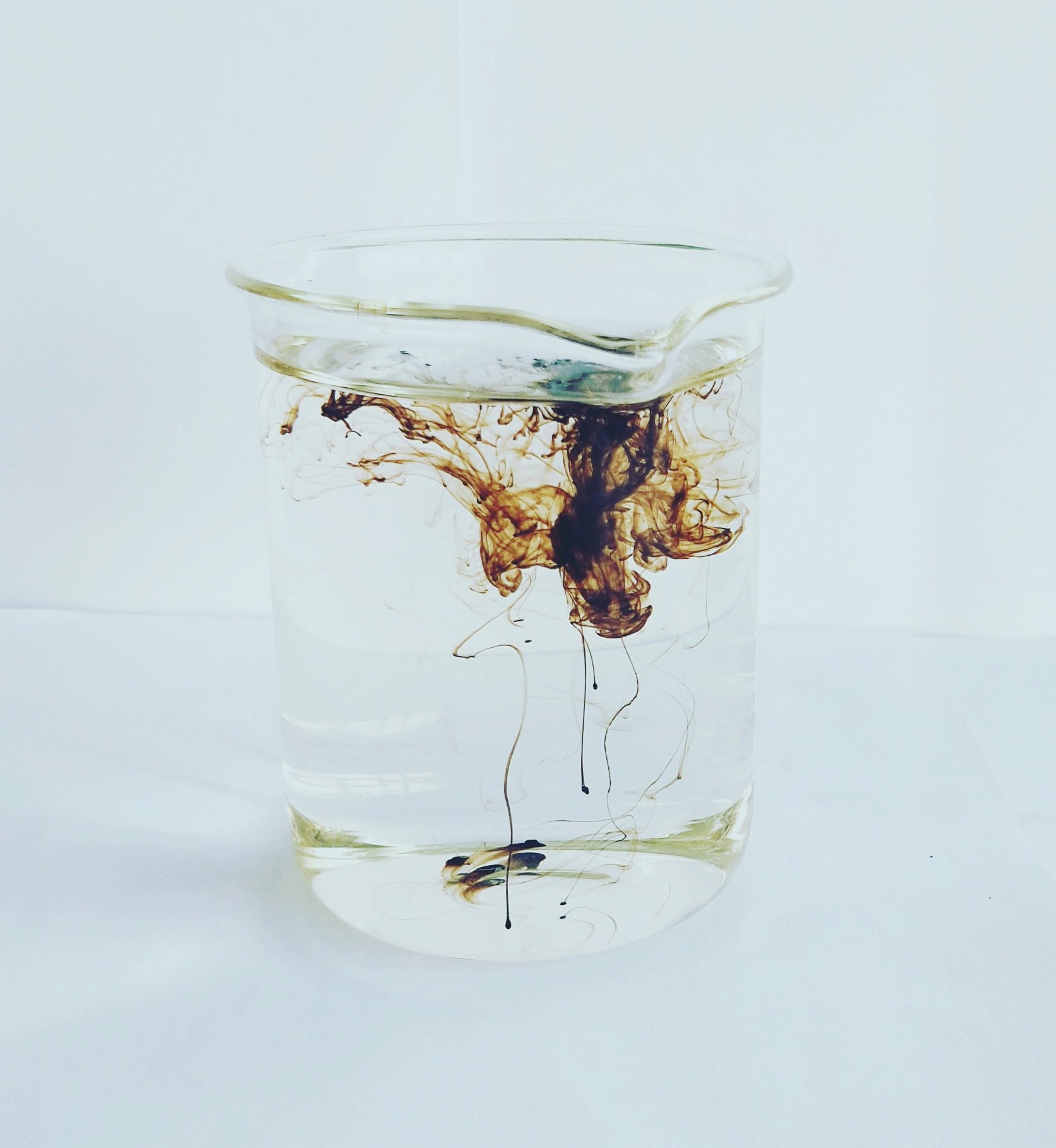Potassium humate is a non-uniform aromatic hydroxycarboxylate with a black granule or powdery solid. It is a product obtained by finely selecting lignite and then extracting it with KOH liquid. It is soluble in water and alkaline. It contains an active group such as a carboxyl group or a phenolic hydroxyl group.
The humic acid functional group in potassium humate can absorb potassium ions, prevent water loss in sandy soil and leaching soil, and prevent potassium from sticking in sticky soil.
In addition, some parts of potassium humate are low-molecular humic acids such as fulvic acid, which have a dissolution effect on minerals such as potassium silicate and potassium feldspar, which can slowly decompose to increase the release of potassium and increase the content of available potassium.
It is 87%–95% higher than the common potassium fertilizer utilization rate, which increases fertilizer efficiency, improves crop yield and improves quality.
It has the special effects of combining land and land; long-acting and quick-acting coordination; water-retaining and fertilizer-retaining effects.
It combines the advantages of inorganic fertilizer and farmyard manure and is superior to them.
It has a good nutrient release regulation function. It is a good controlled release fertilizer, so that the nutrient is not too much in the early stage, the nutrient is not too low in the later stage, and the fertilizer supply curve is stable.
The release rate can also be controlled by physical and chemical biotechnology to achieve two-way regulation of sustained release and sustained release.
The balance between the supply of nutrients in the fertilizer and the demand for nutrients in the crop is basically synchronized to achieve a dynamic balance.
Ordinary chemical fertilizers (such as urea, 50% – 60% potassium fertilizer, diammonium phosphate, etc.) are easy to produce soil compaction and water and gas pollution, potassium humate can be avoided or significantly reduced. And obviously high crop yield, improve crop quality, improve crop nutrient content, nitrate content, color, aroma, taste and storability.
It is the material basis for agricultural clean production and green food with environmental protection functions. The loss of potassium humate is low, the utilization rate is high, the plant absorption is stable, and the yield and quality are improved in both directions.
It is a “green” potash fertilizer for agricultural application and a substitute for ordinary agricultural potassium chloride and potassium sulfate. Potassium humate is suitable for any crop and can also be applied in combination with common fertilizers.
- Potassium humate can improve soil physical characteristics, improve soil aggregate structure, reduce soil compaction, and achieve good conditions.
- Increase soil cation exchange capacity and fertilizer retention capacity to adsorb and exchange plant nutrients, improve fertilizer slowness, and increase soil fertility and water retention capacity.
- Activities to provide soil beneficial microorganisms
- Promote the decomposition of artificial (such as pesticides) or natural toxic substances and effects
- Increase the soil’s ability to balance and neutralize the soil pH.
- color black helps absorb heat and plant in early spring
- Directly affect cell metabolism, improve crop respiration and photosynthesis, and enhance crop resilience, such as drought resistance, cold resistance, disease resistance, etc.
- The nutrients needed to release the plant after decomposition
- strong roots increase production, improve crop quality, improve fruit sweetness

